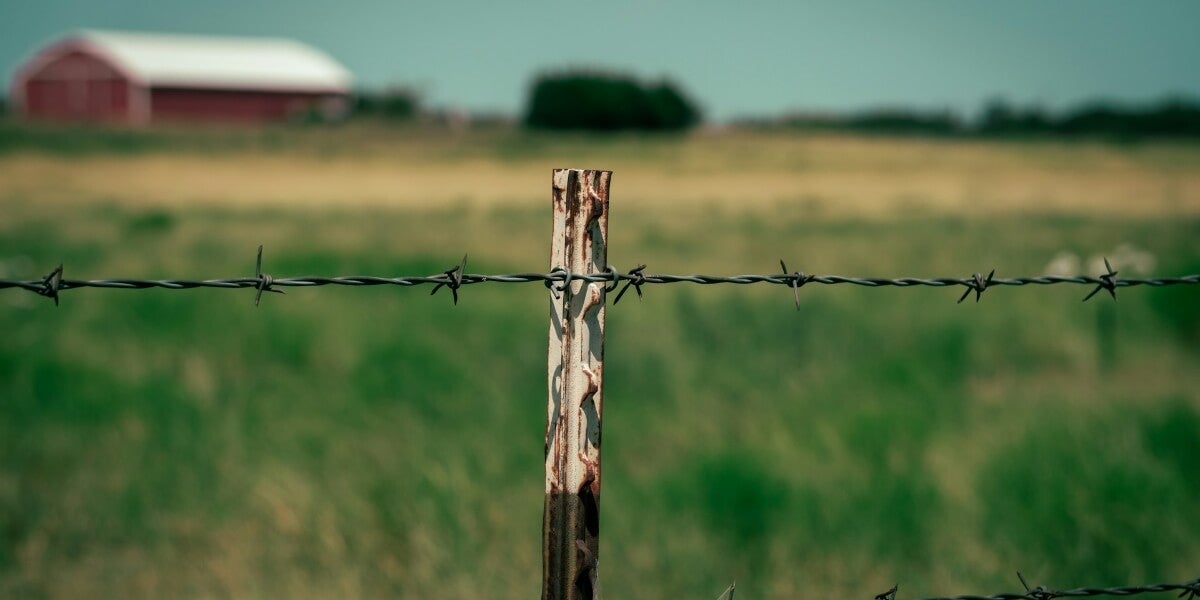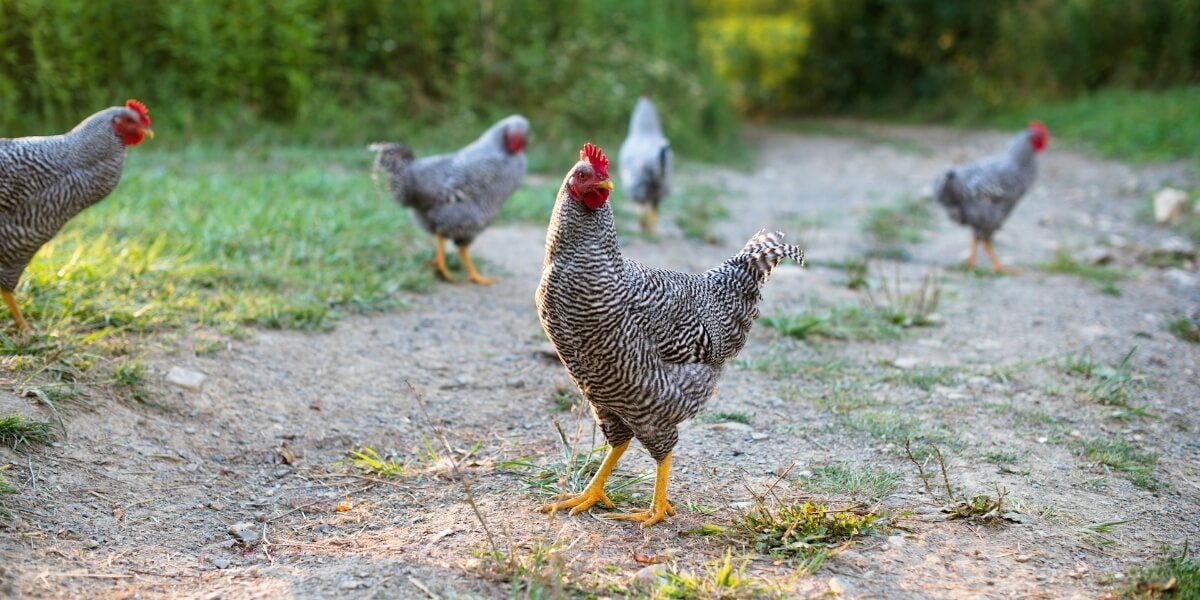
Martin Banks 03.18.25

Unlike urban living, starting a homestead isn’t as simple or clear-cut as buying a house and land. Unless you grew up on a farm, you’ll need some guidance. Make the most of available resources to evaluate cost, location, materials and your skill set so you can successfully start your first homestead from scratch.
First Homestead Coverage on AllOutdoor
1. Face Your Finances
While you don’t have to be a millionaire to buy a homestead, you do need funds for the land purchase, basic repairs and laying the foundation for your homesteading activities. Your debt profile affects this financial plan. If you still owe loads of money, you may want to pay it off first to ensure you don’t have that around your neck.
Initially, your available funds will go into achieving self-sustainability on your homestead. So, knowing you have more than just sweat equity will go a long way to making the dream come true.
You don’t have to borrow all the money you’ll need from traditional institutions like mortgage lenders. You should definitely apply for financial assistance and microloans from the Department of Agriculture. These loans and grants can be used for repairs, fencing and buying materials essential to your operation, and even setting up livestock and bees. Once you know what your financial options are, you can start land shopping.
2. Choose Suitable Land
The land you choose has to be more than just beautiful. It must meet certain criteria to ensure your homesteading success. If you’ve been a city kid all your life, you may want to do a basic course in land management to get some essential agricultural knowledge.
When surveying land, look for things like:
- Water availability: Without water, you and your animals won’t be able to survive. Wells must have sufficient depth to withstand dry years, and rivers must keep water in winter. You can’t sink a well just anywhere, and some land sells cheaply because there’s no access point to underground water.
- Grazing: If you intend to keep livestock, they will require sufficient grazing. Each species has unique acreage requirements, and your fencing must meet livestock laws and local ordinances.
- Soil quality: If you want to till the soil and plant crops, you’ll need to know the land is deep and fertile with minimal rocks that could damage plowing equipment.
- Slope: The lay of the land influences what happens during storms and even when wildfires pass through. Steep and rocky slopes are hard to develop or manage.
3. Get Building Savvy
Even if there’s an existing house on the homestead, you may still have to do loads of repairs yourself. You should get clued in on building concepts to ensure you can ask for what you need at the hardware store when supply shopping. For example, you’ll need to know a mil is 1/1,000 of an inch to find the right material thickness.
Even creating a simple frame structure can require knowledge and skills like applying gypsum panels and insulating materials. When you know what you need, you can also source materials from the land, such as when cutting down trees for timber to build animal shelters.
4. Learn “Farm” Skills
You will need to master unique skills suited to living off the land. These skills are a resource for your successful integration among the local homesteaders. Most are happy to share knowledge, and if you keep a humble and open mindset, they may teach you essential skills such as:
- Hunting and making leather: Leathermaking isn’t as simple as skinning a deer and using its skin unless you want a hard board. Learn how to cure and tan skins to achieve a long-lasting hide you can use to make belts and other useful things.
- Animal stewarding: Teach yourself about different types of animals and how you want to house them before moving them onto the property. You should know about livestock and best breeding practices to ensure success. Homesteaders often exchange animals to enrich the genetic profile of their herds and flocks, so you’ll contribute to this local resource.
- Canning and preservation techniques: Unlike the grocery store, the food you grow won’t be available all year, so you have to master food preservation. Some produce keeps well in a root cellar, while others need to be cooked and canned. Join local clubs to learn how to preserve meat, vegetables, fruit and grain.

5. Become Resilient
Ultimately, the best resource is your own resilience once you’ve mastered basic skills. You’ll have to develop a can-do spirit, as homesteading is very different from city life. Failures will happen, crops may wilt and animals can die, but when you constantly learn and push toward your dream, you will find a way to live in harmony with the land.
Your First Homestead – Homesteading Resource Success
You’ll be better prepared for success when you know what resources are available. So, do your homework on what challenges you’ll face once you’re on the land. Master your finances and basic building and survival skills. Learn how to do the necessary farm stuff, and resilience will carry you through.
Trending Products











